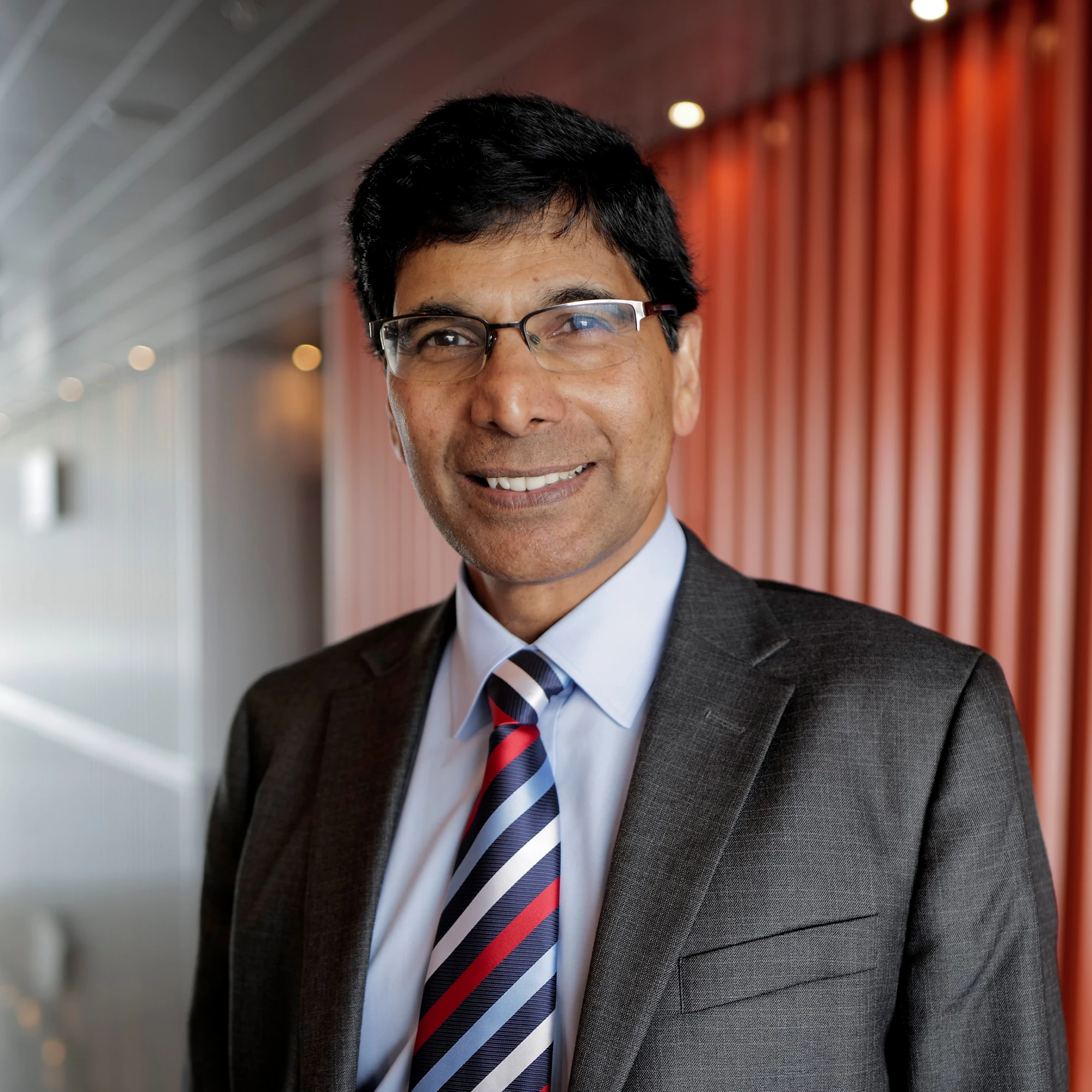Africa is fortunate. Unlike more industrialized countries and even some industrializing countries like China, Africa is endowed with a much younger population. This could offer a tremendous comparative advantage in years to come that could propel the continent forward as a dynamic and productive engine of growth for the entire world. As elucidated by the UNFPA, “A window of economic and social growth occurs when the working age population becomes larger than people of non-working age…” making significantly higher growth rates possible as “the state faces fewer costs associated with children and the elderly”. But for Africa to realize this advantage, it needs two things: investment to create good jobs, and the young people with the skills to fill them.
According to the United Nations, persons between 15 and 24 comprise a fifth of the world’s population with the vast majority living in developing countries . But, at present in Africa, this cohort accounts for almost two thirds of the unemployed. While there has been no shortage of initiatives to tackle the youth “issue”, these have been at the social margin with mixed results. Policy reforms and donor support have included both supply and demand side activities, mostly directed to investment in public services complimentary to the private sector which, while necessary, have not been sufficient.
This is not to say that inclusiveness, efficiency and quality in the basic public goods for young people at an early age - education and health - are not important. Chronic malnutrition for a child of less than two, means that that child will never reach his/her intellectual potential and will probably not have more income (from legal sources) than his or her parents. Children, from the womb, need be considered national assets - or “public goods” and investments made early on in their health and nutrition and in quality education from the level of pre-school upwards. A top UN official recently highlighted this, by saying that "if Africa [like] East Asia, adapts to its local context and makes comparable investments in young people, the region could...[add] as much as 500 billion U.S. dollars to its economy every year for as many as 30 years." resulting in “the total transformation of Africa."
But the hard reality is that, public investment needs to be mostly funded by revenue from the private sector and that each job requires a certain investment for which, in aggregate, there is insufficient fiscal room or donor largess, or insufficient political will, (or a combination of the three) to address what is needed. Most investments in Africa have been in capital intensive extractive sectors that, unlike more factor balanced investments, have not generated the human resource supply responses for value addition, and the related human resource development, at the quality and scale necessary. Government and donor policy interventions so far have not succeeded in making value addition in Africa more attractive for investors, including evidently for capital flight.
Africa urgently needs a policy perspective that looks to private investment as the fiscal engine to generate the public goods for youth, which the state cannot already supply. The policy paradigm needs to shift to see a healthy and basic educated youth, more as a competitive and market opportunity to be promoted to investors rather than a social problem hungry for public services to be supported by aid. The rationale for the private sector is also compelling, as youth incomes can disproportionately drive demand, including for credit, through increased household and family formation.
Changing policy priorities is not easy. The dearth of evidence on what works and what does not, may have undermined the argument for greater policy and donor emphasis on investment for value addition in Africa. Most interventions have not been adequately evaluated. Programs have presumed what the obstacles to youth employment are and how best these can be removed. The causes of failure have not been clearly diagnosed. Some of the information gap can be attributed to informality in Africa. However, the lack of survey information goes beyond the informal sector to the formal sector. More rigorous diagnostic studies are needed to identify the binding constraints to investment in value addition and youth employment. But the quest for perfect information should not be cause for inaction.
The consequences otherwise, are foreboding. Poverty and deprivation accompanies youth unemployment. A key lesson from Senegal’s election violence was that youth unemployment can fuel the fire of political violence and civil unrest. A World Bank survey in 2011 showed that about 40% of those who join rebel movements say they are motivated by a lack of jobs. The policy perspective and priorities must change and they must change soon.
The bottom line for policy makers, private sector and donors is that it cannot be business as usual any longer in Africa. The opportunity cost of another generation lost is too high. The contagion from inaction will leave no one untouched. Policy makers and donors must undertake the systematic diagnostic needed, and, more importantly, act on the results.
With input from my summer intern Ms. Sona Nahapetyan, who helped gather useful data for this blog.


Join the Conversation